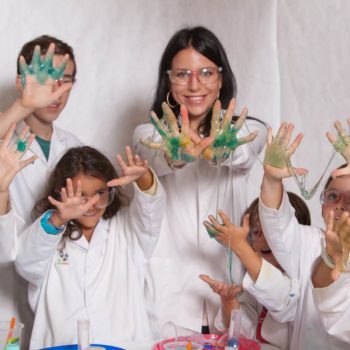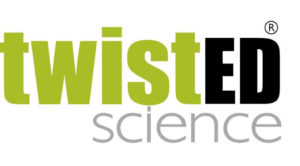Flash Bang
LEARNING OUTCOME
Investigation moving waves of light and sound. How do you see and hear them?
SESSION activities
- What is light?
- What is sound?
SCIENCE EDUCATOR demonstrations
- How does light work? How do eyes work. Using rainbow glasses.
- Using light and sound waves.
- How do ears work?
- How does pitch and volume work?
STUDENT experiments
- Participate in educator’s demonstrations.
- Using tuning forks to produce sounds using familiar objects and actions
- How sound travels through air, water and solids
- Amplification and comparing sound.
POST WORKSHOP ACTIVITIES.
PHYSICAL SCIENCE
Australian curriculum
F-Yr 2 * Light and sound are produced by a range of sources and can be sensed (ACSSU020)
*Science involves observing, asking questions about, and describing changes in, objects and events (ACSHE021)
*Participate in guided investigations to explore and answer questions (ACSIS025)
Yr 3 -4 *Compare results with predictions, suggesting possible reasons for findings (ACSIS216)
*Reflect on investigations, including whether a test was fair or not (ACSIS 069)
Victorian curriculum
Yr F-2 *Light and sound are produced by a range of sources and can be sensed. (VCSSU049)
*Compare observations and predictions with those of others (VCSIS054)
Yr 3-4 *Safely use appropriate materials, tools, equipment and technologies (VCSIS067)
*With guidance, identify questions in familiar contexts that can be investigated scientifically and predict what might happen based on prior knowledge (VCSIS065)

